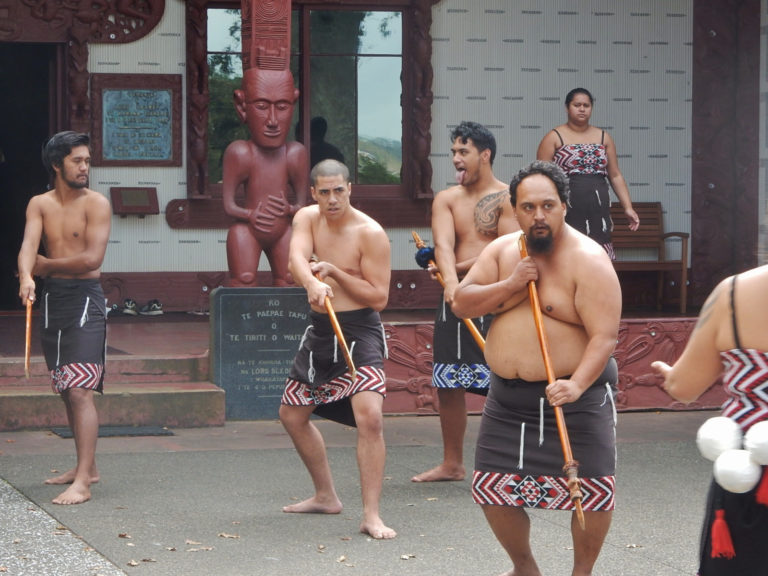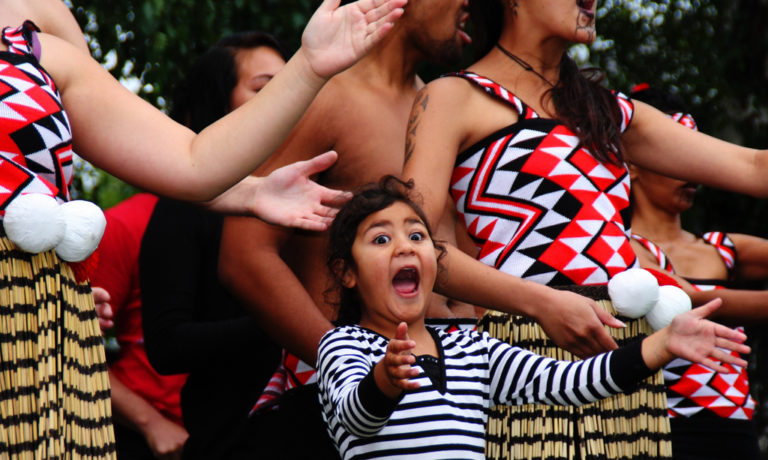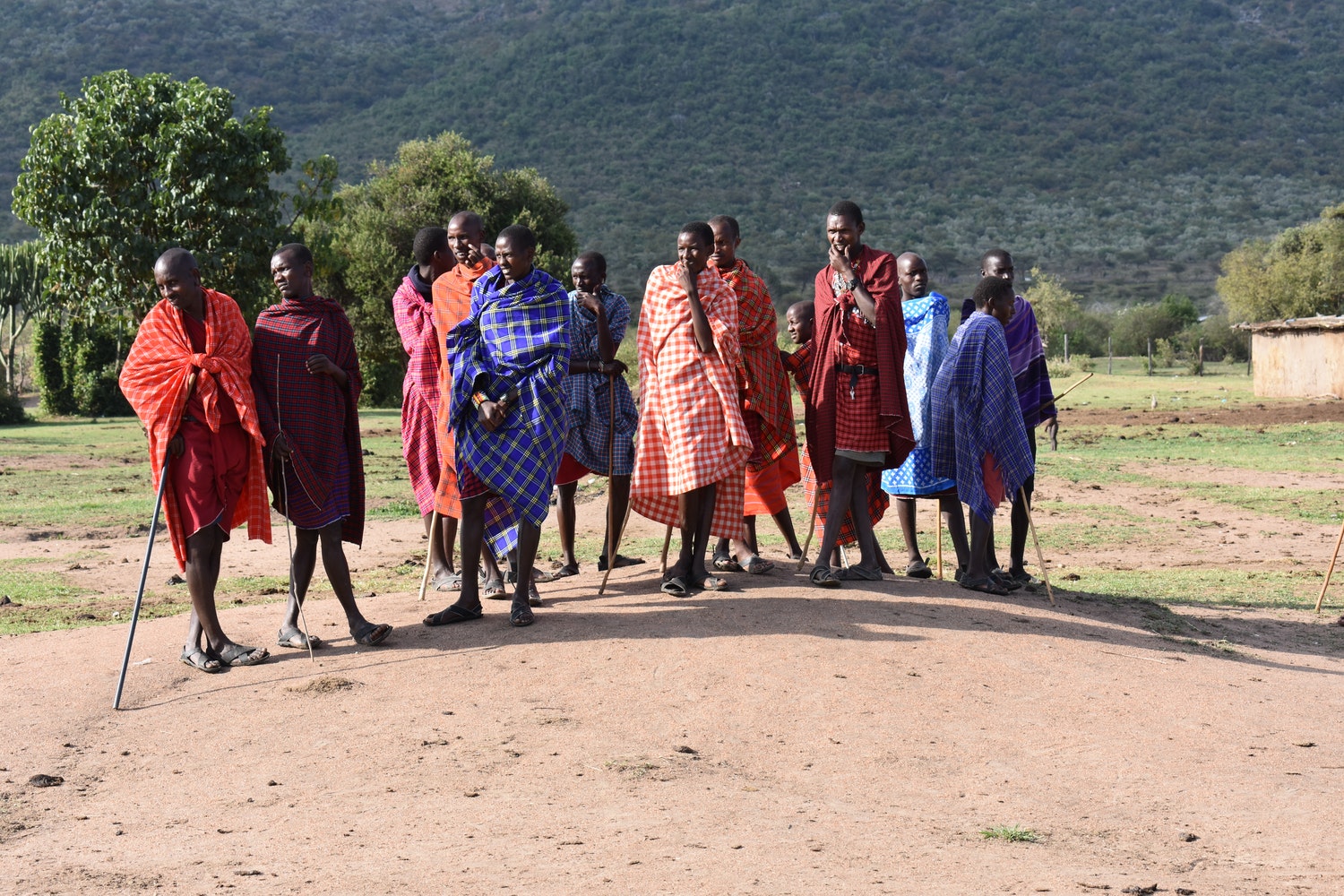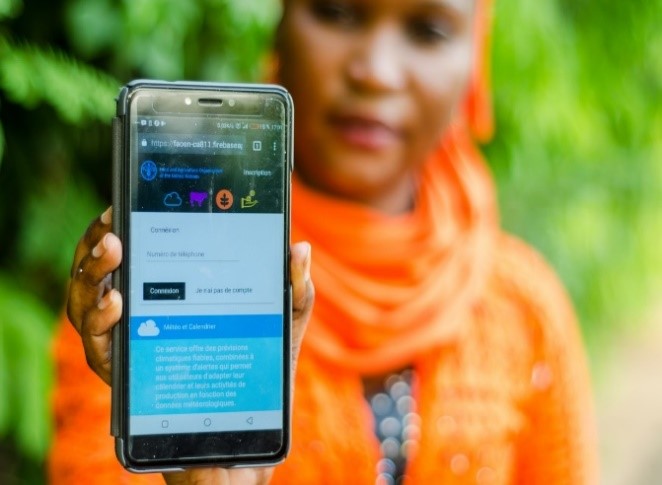Each of the United Nations’ (UN) 17 Sustainable Development Goals (SDGs) has special relevance for the world’s 500 million indigenous people. They are among the world’s poorest and most alienated from public decision-making. Yet, they are increasingly using international forums like the UN to exercise an assertive and decisive political voice.
The SDGs provide context and coherence. Though the connection between them and indigenous aspirations are not absolute and their capacity to enhance indigenous well-being depends on deeper and more considered alignment with instruments like the UN Declaration on the Rights of Indigenous Peoples (UNDRIP).
For example, in Canada, the British Columbia Council for International Cooperation argues that UNDRIP and the national Truth and Reconciliation Commission’s Calls to Action are essential to realising the SDGs benefits for indigenous peoples.
The Indigenous Navigator – a six member consortium including the International Labor Organization (ILO) and the Indigenous Peoples Major Group for Sustainable Development – shows that more than one third of the sustainable development targets can be linked, explicitly, to the Declaration’s Articles which set out the terms of the indigenous right to self-determination.
On the other hand, the SDG indicators make just four references to indigenous peoples. The indicators describe indigenous peoples as populations of special interest because they are ‘vulnerable’. Indicator 4.5 aims to:
By 2030, eliminate gender disparities in education and ensure equal access to all levels of education and vocational training for the vulnerable, including persons with disabilities, indigenous peoples and children in vulnerable situations.
Indicator 2.3 aims to:
By 2030, double the agricultural productivity and incomes of small-scale food producers, in particular women, indigenous peoples, family farmers, pastoralists and fishers, including through secure and equal access to land, other productive resources and inputs, knowledge, financial services, markets and opportunities for value addition and non-farm employment.
The decision to refer specifically to indigenous peoples only in the contexts of agriculture and education is limiting. It homogenises indigenous peoples’; overshadowing their diverse experiences, contexts and aspirations.
The focus on indigenous vulnerability is misplaced. The right to self-determination, including the right to culturally meaningful education is a right that the Declaration affirms as belonging to all indigenous persons; belonging to the indigenous wealthy as much as to the poor. The right does not elapse with an indigenous person’s vulnerability. Culture, developed and affirmed through education, is an inherent and enduring right.
Many indigenous people in developing countries derive their livelihoods from small scale agricultural production. However, in economically developed liberal societies like Australia, Canada and New Zealand very few indigenous people are small-scale food producers. This is partly due to land alienation, but also to diverse indigenous labour market opportunities.
It is also important, as the Kenyan Daniel Ole Sapit told the NGO Cultural Survival, for public policy to admit that:
Land for Indigenous Peoples is not just a means of production. It is an interactive space for us to engage with all of our livelihood options and opportunities. If you remove the land from the discussion, you are leaving us completely off, not just behind, but completely off the discussion.
So, it is important that the Declaration’s affirmation of the right to free, prior and informed consent is respected.
States shall provide redress through effective mechanisms, which may include restitution, developed in conjunction with indigenous peoples, with respect to their cultural, intellectual, religious and spiritual property taken without their free, prior and informed consent or in violation of their laws, traditions and customs (Article 11 (1 and 2).

There do remain obstacles to land use and labour market participation. Realising the SDGs requires that these are overcome. However, the extent to which they are, in fact, overcome depends always on the strength of indigenous participation and leadership in public institutions; institutions where public policy is made. If one is to select just two indicators for explicit indigenous mention it would make more sense for one of these to be SDG 16. 7. Its concern for ‘inclusive, participatory and representative decision-making at all levels’ describes the strong public institutions that are needed to secure substantive indigenous contributions to the pursuit of each of the other goals.
Strong public institutions are an important foundation for indigenous peoples to lead policy development in their own communities; to craft an inclusive, culturally responsive and meaningful citizenship.
The ILO cites SDG 16 – Peace, Justice and Strong Institutions – as supporting and developing the provisions of its Convention No. 169 Concerning Indigenous and Tribal Peoples. The Convention, adopted in 1989, provides that:
governments shall establish means by which these peoples can freely participate, to at least the same extent as other sectors of the population, at all levels of decision-making in elective institutions and administrative and other bodies responsible for policies and programmes which concern them (Article, 6. 1 (b)).
In 2018, the Australian Government reported to the UN on its contribution to the SDGs. The report discussed Goal 16 only in relation to criminal justice and reducing the incidence of indigenous imprisonment. However, when it is read in conjunction with the Declaration the Goal’s wider significance is clear.
Goal 16s most far-reaching potential comes from its focus on strong public institutions. Goal 16.7 is especially far-reaching when in association with Articles 5 and 18 of the Declaration.
Indigenous peoples have the right to maintain and strengthen their distinct political, legal, economic, social and cultural institutions, while retaining their right to participate fully, if they so choose, in the political, economic, social and cultural life of the State (Article 5).
Editor’s Picks — Related Articles:
 “Australia: Empowering Indigenous Population”
“Australia: Empowering Indigenous Population”
 “Indigenous Peoples: Key Trends that Affect their Development”
“Indigenous Peoples: Key Trends that Affect their Development”
States shall consult and cooperate in good faith with the indigenous peoples concerned through their own representative institutions in order to obtain their free, prior and informed consent before adopting and implementing legislative or administrative measures that may affect them (Article 18).
Article 5 suggests a differentiated liberal citizenship where indigenous people simultaneously enjoy substantive and politically meaningful membership of both the state and the indigenous nation.
Article 5 also suggests that public policy for or about indigenous peoples, such as that which the SDGs imagine, is not a matter for states alone. It is not a matter of state led policy development in consultation or partnership with indigenous peoples. Instead, indigenous peoples are entitled to active participation and leadership in policy development. SDG 16.7 must therefore precede the effective realisation of all other goals and objectives. It allows agency to trump colonial vulnerability.
For example, the publicly appointed Australian Referendum Council led indigenous deliberation on the formal recognition that the national Constitution should give to indigenous peoples. In 2017, the Council proposed an enshrined constitutional provision for a representative indigenous ‘Voice’ to the national Parliament. The proposal’s effect would be to ensure that the parliament, which has never had significant indigenous members, would be subject to indigenous scrutiny in its decision-making. It would not prevent the parliament legislating against indigenous interests, but it would at the very least, ensure that those interests would always come to the parliament’s attention. Public reasons would always have to be given for rejecting indigenous claims. Public reasons would have to be given for obstructing indigenous policy leadership and participation.
Strong and culturally respectful public educational institutions are also important. Education is essential to advancing indigenous well-being. But indigenous peoples must be able to define well-being for themselves.
Education should not be something that the state simply ‘does’ to indigenous peoples, but something that they conceptualise for themselves and lead. The Te Kotahitanga school reform project in New Zealand is an example. It is a professional training programme for school teachers developed by Maori academics and teachers in response to Maori children’s culturally framed conceptions of the kinds of teaching practices and relationships with teachers that they find most effective.

Te Kotahitanga is an authentic contemporary Maori pedagogy and has been the most effective of any intervention aimed at improving Maori achievement. As a Maori intervention, Te Kotahitanga, reflected the political and professional space that exists in New Zealand for Maori to exercise substantive differentiated citizenship; the capacity for Maori children to deliberate as Maori in the formation of public policy and the capacity for Maori academics and teachers to develop and implement policy as Maori.
In summary, the SDGs are important to indigenous well-being, but they are not always contextually sensitive and can oversimplify the diversity of indigenous peoples and aspirations. It is in reading them in conjunction with the Declaration that there is a framework through which indigenous peoples may, if they choose, conceptualise and pursue the SDGs in their own ways and with reference to their own conceptions of well-being.
Editors Note: The opinions expressed here by Impakter.com columnists are their own, not those of Impakter.com. Photo Credit: Justin Porter on Unsplash











